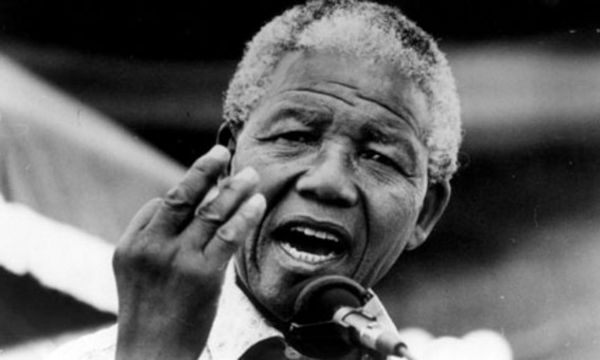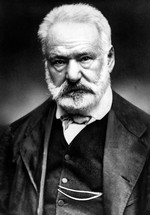 Victor Hugo wrote “Notre-Dame de Paris” (1831), usually translated as “The Hunchback of Notre Dame”, when he was in his twenties. Set in fifteenth century Paris, The Hunchback of Notre Dame tells a moving story of a gypsy girl Esmeralda and the deformed, deaf bell-ringer, Quasimodo, who loves her. The success of the book in France gained Hugo great fame and renown. He used his celebrity to criticize the autocratic regime of Napoleon III and encourage the French to revolt.
Victor Hugo wrote “Notre-Dame de Paris” (1831), usually translated as “The Hunchback of Notre Dame”, when he was in his twenties. Set in fifteenth century Paris, The Hunchback of Notre Dame tells a moving story of a gypsy girl Esmeralda and the deformed, deaf bell-ringer, Quasimodo, who loves her. The success of the book in France gained Hugo great fame and renown. He used his celebrity to criticize the autocratic regime of Napoleon III and encourage the French to revolt.
Napoleon III declared Hugo an enemy of the state. In 1851, just before soldiers arrived to arrest him at his home, Hugo managed to flee the country in disguise. He lived in exile in Guernsey, an island in the English Channel, until the revolution against Napoleon III in 1870.
In exile, Hugo wrote at a fast pace. “Les Châtiments” (“Castigations”,) a volume of aggressive invectives against the emperor, appeared in 1853.
It was also during his exile that he wrote his masterpiece, “Les Misérables” (1865), about Jean Valjean and other characters’ struggles for human rights, love, revolution, and redemption through a period of 18 years. Les Misérables was hugely popular, and when Hugo returned to his homeland in 1870, he was elected to the Senate of the new Third Republic. By the time he died in 1885, at the age of 83, he was a national hero. In Paris, two million mourners joined his funeral procession from the Arc de Triomphe to the Panthéon, where he is buried.
Laments For Leopoldine, the “One Who Stayed in France”
 In 1843, Hugo’s oldest and favorite daughter, the 19-year old Léopoldine Hugo, drowned shortly after her marriage in a boating accident in the river Seine at Villequier in northern France. When her boat overturned, she was pulled down by her heavy skirts. Her young husband Charles Vacquerie also died while trying to save her.
In 1843, Hugo’s oldest and favorite daughter, the 19-year old Léopoldine Hugo, drowned shortly after her marriage in a boating accident in the river Seine at Villequier in northern France. When her boat overturned, she was pulled down by her heavy skirts. Her young husband Charles Vacquerie also died while trying to save her.
“Les Châtiments” was followed by “Les Contemplations” (1856), (“The Contemplations”,) the belated laments for Leopoldine. “Les Contemplations” concludes with “To the One Who Stayed in France,” a major elegy and one of Hugo’s grandest poems.
“To the One Who Stayed in France”
During his exile in the English channel, Hugo was unable to continue his annual visits to his daughter’s grave. Hugo offered “Les Contemplations” as surrogate, and asked a minimal favor of the visionary world; some hope that his daughter somehow will receive “this strange gift of the Exile to the Dead!” in her eternal rest.
Well, may at least this book, this somber message, reach
The silence as a murmur
The shore as a wave! May it fall there—sigh or love-tear!
May it enter the grave where youth, dawn, kisses,
Dew, the laughter of the bride,
Radiance and joy have already gone—and my heart along with them:
Indeed, that has never come back! And may it be
A song of mourning, the cry of a hope that can never tell lies,
The sound of a pale farewell in tears, a dream whose wing
We feel brushing against us lightly! May she say:
“Someone is out there—I can hear a noise!”
May it sound in her darkness like the footstep of my soul!– Victor Hugo (from “The Contemplations translated by E. H and A. M. Blackmore”)
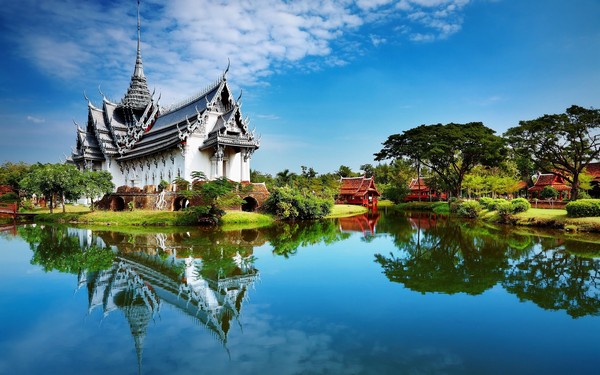
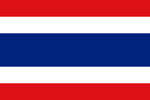 Capital:
Capital: 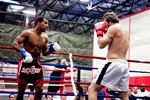 Boxing Days: Grueling training sessions, a rudimentary diet and sparse facilities—these are the staples of training for
Boxing Days: Grueling training sessions, a rudimentary diet and sparse facilities—these are the staples of training for 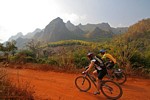 Biker Fun: Thailand is great for two-wheeled exploration, as long as you can deal with crazy traffic. Check out the Big Bike Company in Patong. They rent out Honda CB 400 cc motorbikes that are fun and fast. Your inner petrol head will certainly be happy, especially when you hit the long, winding roads.
Biker Fun: Thailand is great for two-wheeled exploration, as long as you can deal with crazy traffic. Check out the Big Bike Company in Patong. They rent out Honda CB 400 cc motorbikes that are fun and fast. Your inner petrol head will certainly be happy, especially when you hit the long, winding roads.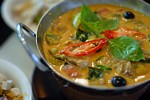 Cook up a Storm: If you love
Cook up a Storm: If you love 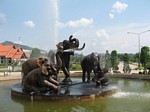 Leave the Road Behind: Go off the beaten track and indulge in some soft adventure sports in
Leave the Road Behind: Go off the beaten track and indulge in some soft adventure sports in  Get Wet: Thailand turns into a free-for-all water park once a year. The
Get Wet: Thailand turns into a free-for-all water park once a year. The  Join the (Yacht) Club: If your sailor self has been feeling neglected for a while, and you are feeling especially indulgent, Thailand has many great yachting options. A sailing holiday in Thailand is an especially beautiful experience with the turquoise waters of the Andaman Sea and
Join the (Yacht) Club: If your sailor self has been feeling neglected for a while, and you are feeling especially indulgent, Thailand has many great yachting options. A sailing holiday in Thailand is an especially beautiful experience with the turquoise waters of the Andaman Sea and 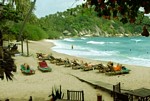 Kick Back: Take a break from all that activity at
Kick Back: Take a break from all that activity at 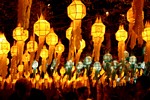 Festival of Lights: Come November, Thailand transforms into a veritable fairyland of lights,
Festival of Lights: Come November, Thailand transforms into a veritable fairyland of lights,  Soup It Up: Thailand is known for its spicy, flavorful food and
Soup It Up: Thailand is known for its spicy, flavorful food and 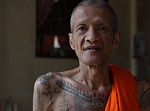 Get Inked: Experience tattooing like no place else at
Get Inked: Experience tattooing like no place else at 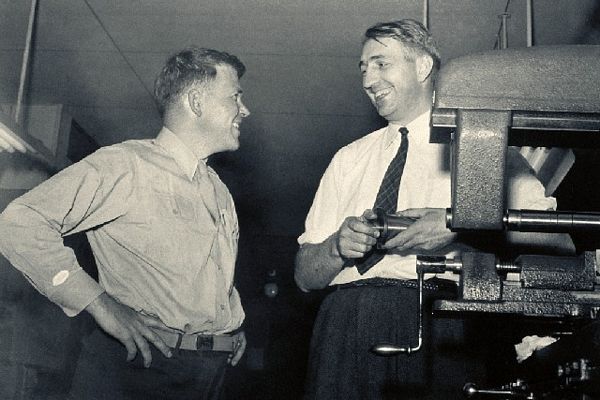
.jpg) “The best possible company management is one that combines a sense of corporate greatness and destiny, with empathy for, and fidelity to, the average employee.”
“The best possible company management is one that combines a sense of corporate greatness and destiny, with empathy for, and fidelity to, the average employee.”.jpg) “A frustrated employee is a greater threat than a merely unhappy one.”
“A frustrated employee is a greater threat than a merely unhappy one.”.jpg)
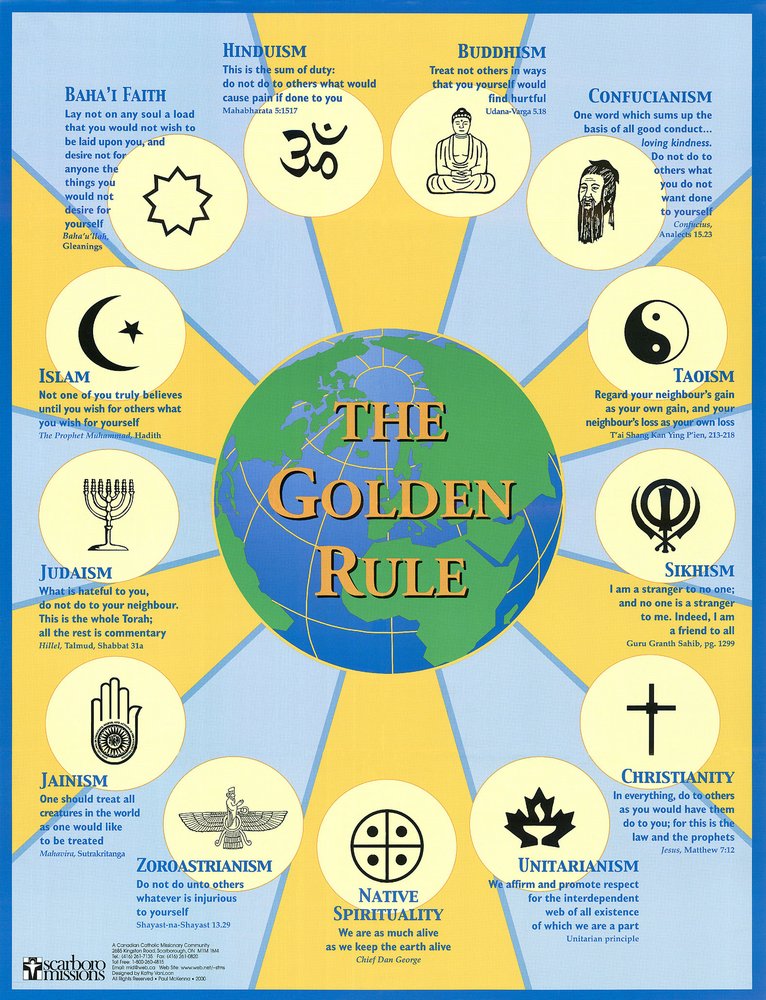
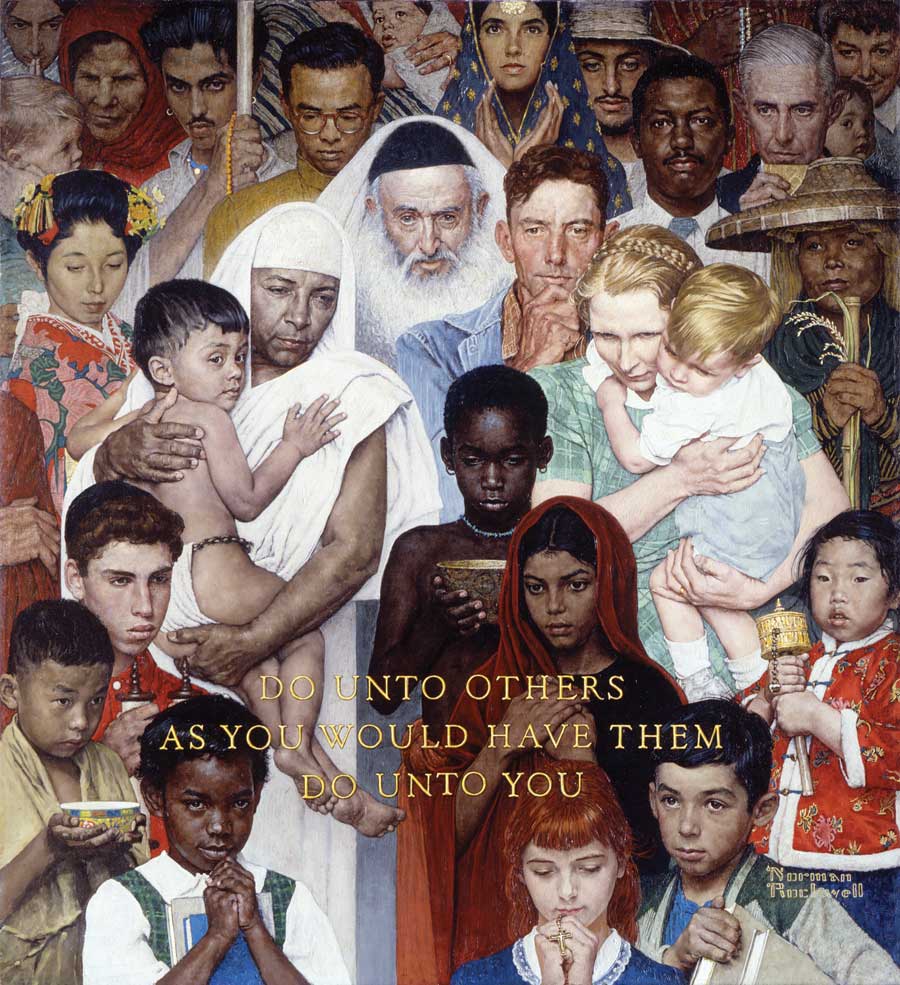
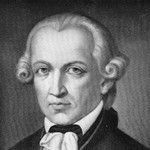 In
In 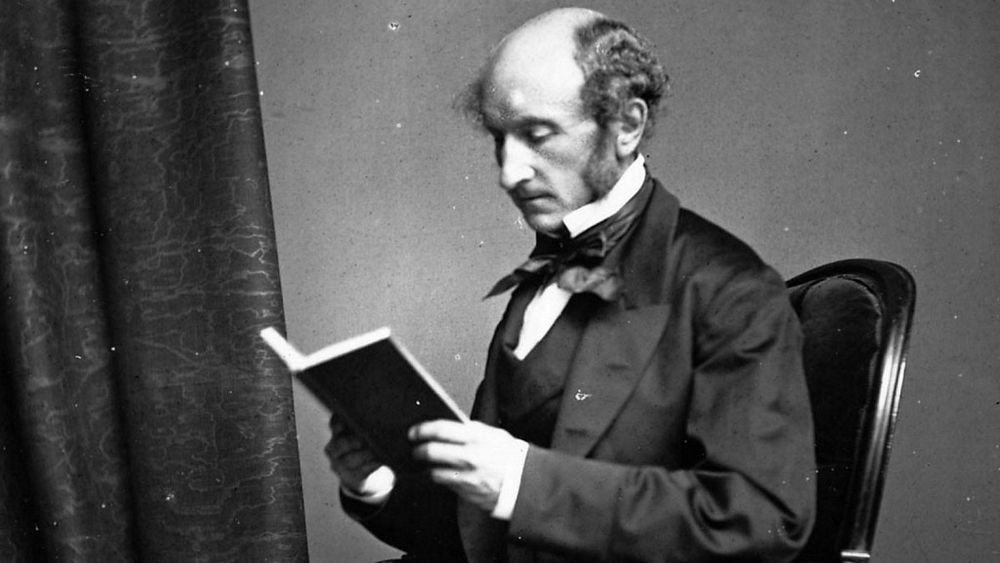 In
In 
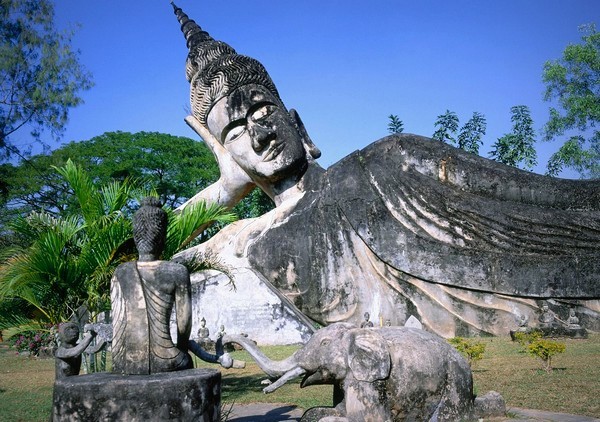
 Capital:
Capital:  Take a Walk: A blend of traditional architecture and urban structures,
Take a Walk: A blend of traditional architecture and urban structures,  Do a Temple Run: Visit one of the oldest temples in
Do a Temple Run: Visit one of the oldest temples in  A Different Treat: Jump straight into the native experience and try a serving of
A Different Treat: Jump straight into the native experience and try a serving of  Buddha Says: The
Buddha Says: The  Explore Hidden Caves: The capital of the
Explore Hidden Caves: The capital of the  Take a Cooking Class: If you have fallen in love with
Take a Cooking Class: If you have fallen in love with  Heritage up Top: Overlooking the
Heritage up Top: Overlooking the  Fun in the Water: Drive, trek, or hitchhike your way past forests, villages, and rice fields to the cascading waters of the
Fun in the Water: Drive, trek, or hitchhike your way past forests, villages, and rice fields to the cascading waters of the  Mountain Shrines: Bang in the heart of Luang Prabang’s old town,
Mountain Shrines: Bang in the heart of Luang Prabang’s old town,  Night Owls: While Luang Prabang has no dearth of charms through the day, its night market is worth exploring, too. With what is possibly the largest collection of
Night Owls: While Luang Prabang has no dearth of charms through the day, its night market is worth exploring, too. With what is possibly the largest collection of 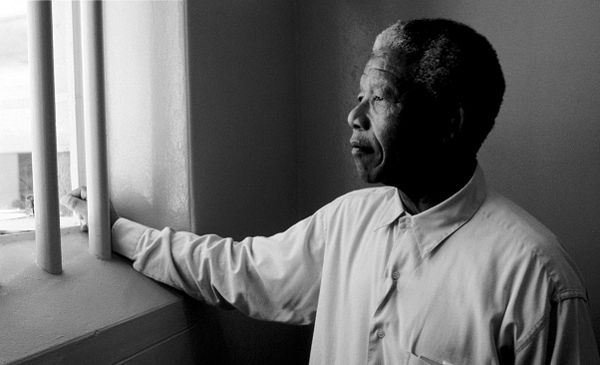
.jpg)
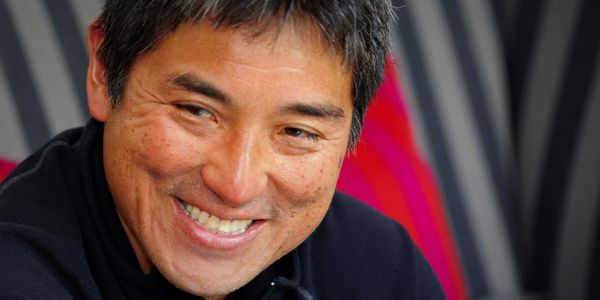
.jpg)
